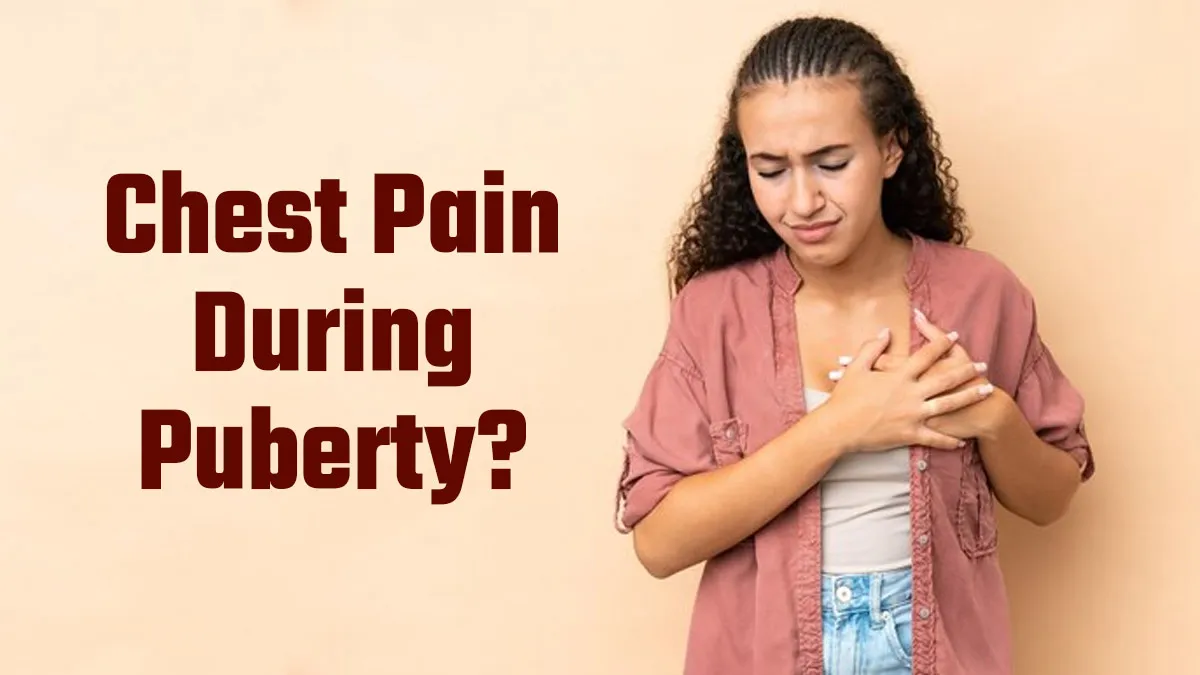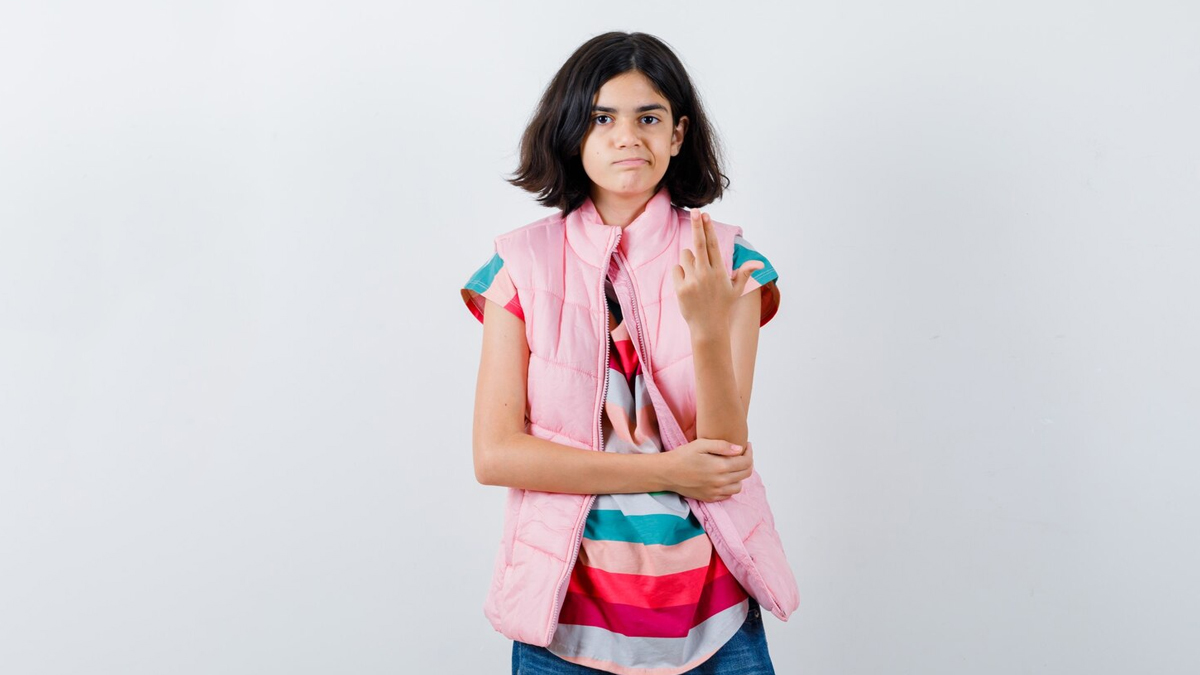
If your 9 to 12-year-old daughter has been complaining about chest pain or tenderness around her breasts, you’re not alone. Many parents notice their children experiencing discomfort during this age, often linked to the early stages of puberty. While chest pain can be alarming, it’s usually a normal part of development as the body prepares for adulthood. Understanding the stages of puberty and how they affect the body can help parents and children navigate this phase with confidence. Read ahead as an expert explains when to seek guidance.
Table of Content:-
The Stages of Puberty in Girls
View this post on Instagram
Puberty in girls involves significant hormonal and physical changes, including breast growth. These changes can cause mild to moderate pain, swelling, or sensitivity in the chest area. According to pediatric expert Dr Harish Bhatia, Founder Director of Rebreathe Clinic, New Delhi, puberty in girls occurs in three key stages:
Thelarche (Breast Budding)
- This is the first visible sign of puberty, typically starting between ages 8–13.
- Small, firm lumps (breast buds) form under the nipples, causing tenderness or pain.
Dr Bhatia explains, “Chest pain during thelarche is natural. The tissue is stretching, which can feel uncomfortable initially.”
Pubarche (Body Hair Growth)
- Fine hair begins growing in the underarms and genital area.
- Hormonal shifts during this phase may amplify sensitivity in the breast region.
Menarche (First Period)
- The final stage marks the onset of menstruation, usually 2–3 years after breast development starts.
- Hormone fluctuations before periods can temporarily increase breast pain.
ALSO READ: Can Pineapple Ease Period Cramps? Nutritionist Explains Its Enzyme and Anti-Inflammatory Benefits
Why Does Chest Pain Happen During Puberty?

The expert emphasises that chest pain is rarely a cause for concern. Common reasons include:
- Hormonal Changes: Estrogen and progesterone levels rise, triggering breast tissue growth.
- Physical Growth: Rapid stretching of skin and tissue around the breasts.
- Increased Sensitivity: Nerves in the developing breasts may react more strongly.
“Parents should reassure their daughters that this pain is part of growing up,” says Dr Bhatia. “Open conversations reduce anxiety and help them embrace changes.”
What Does Research Say?
A 2020 study published in the Journal of Adolescent Health found that 65% of girls aged 9–14 reported breast tenderness during puberty. Researchers noted that discomfort peaks during growth spurts but typically fade within 6–12 months as the body adjusts. Most cases resolve on their own. Patience and gentle care are key.
How to Help Your Child Manage Discomfort
- Wear Supportive Clothing: Soft, non-restrictive bras can reduce friction and provide comfort.
- Use Warm Compresses: A warm cloth applied to the chest eases muscle tension.
- Avoid Triggers: Caffeine or high-salt foods may worsen swelling in some girls.
- Encourage Communication: Normalise discussions about body changes to reduce fear.
When to See a Doctor
While most chest pain is harmless, consult a healthcare provider if your child experiences:
- Severe, persistent pain unrelieved by rest.
- Redness, swelling, or unusual discharge from the nipples.
- Lumps that grow rapidly or feel hard/uneven.
ALSO READ: Can Banana Peels Really Help Your Skin, or Do Pesticides Pose a Threat?
Conclusion
Chest pain during puberty is a common, temporary part of breast development. By understanding the stages and offering reassurance, parents can help their daughters navigate this transition smoothly. Education and empathy turn a confusing phase into a positive journey of growth. Always trust your instincts—if something feels off, seek professional advice. By staying informed and supportive, you empower your child to embrace puberty with confidence and curiosity.
Also watch this video
How we keep this article up to date:
We work with experts and keep a close eye on the latest in health and wellness. Whenever there is a new research or helpful information, we update our articles with accurate and useful advice.
Current Version
